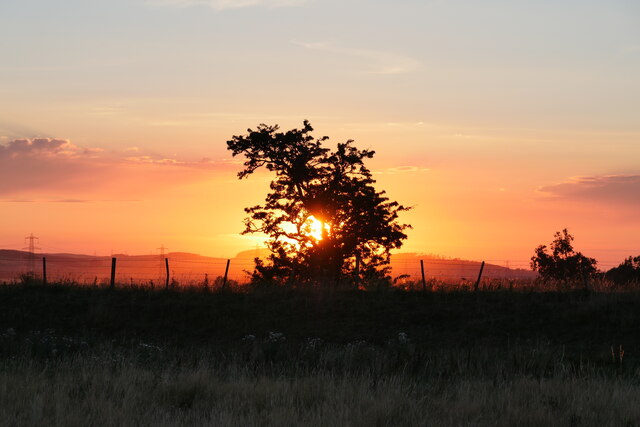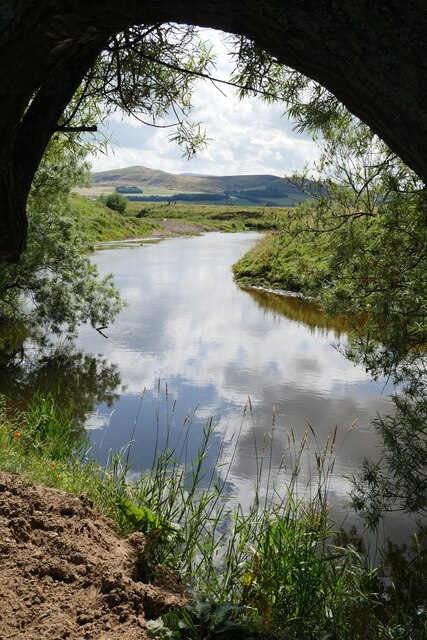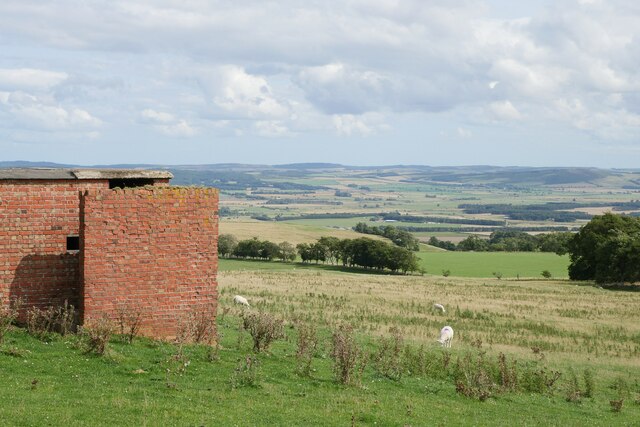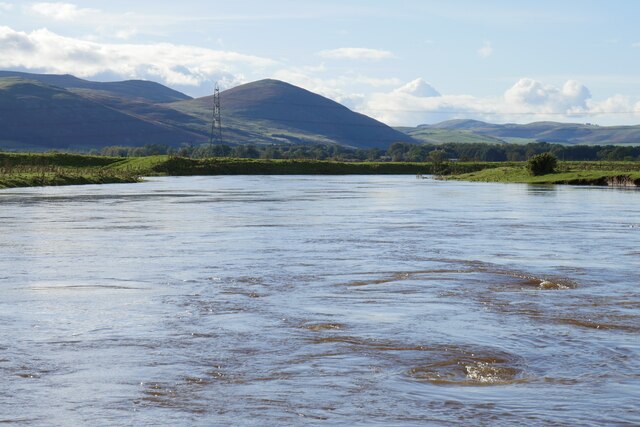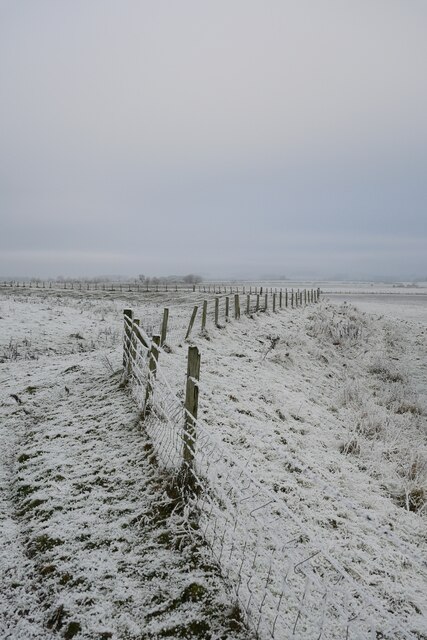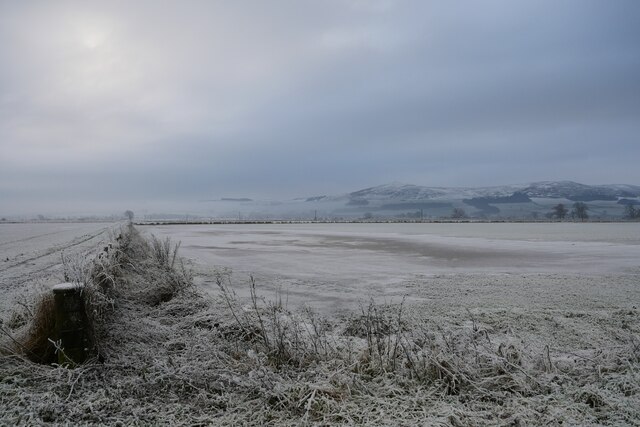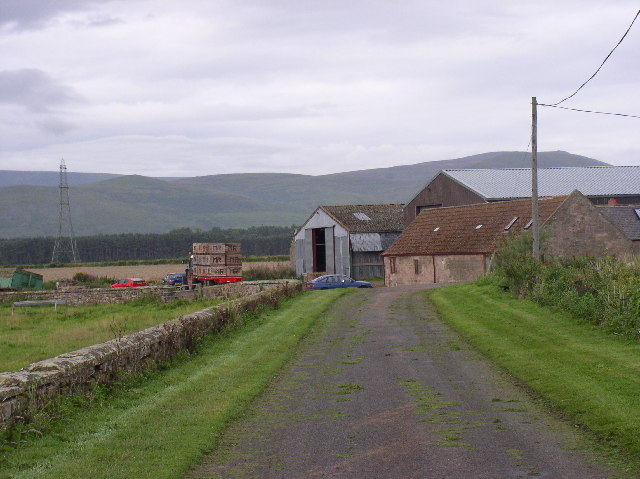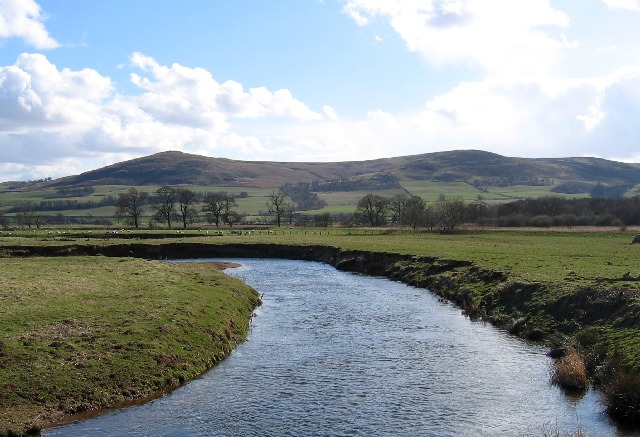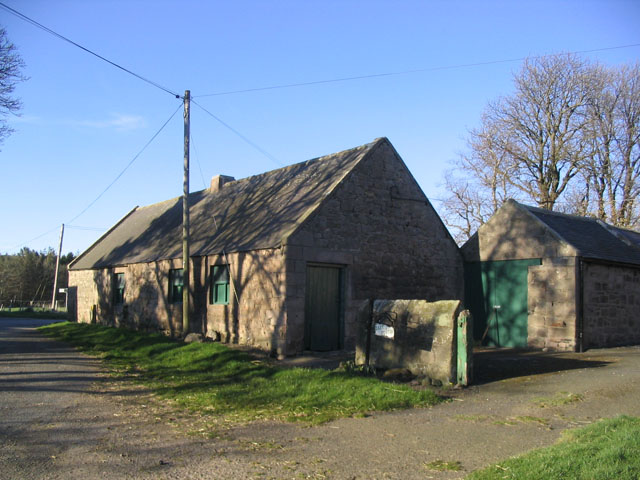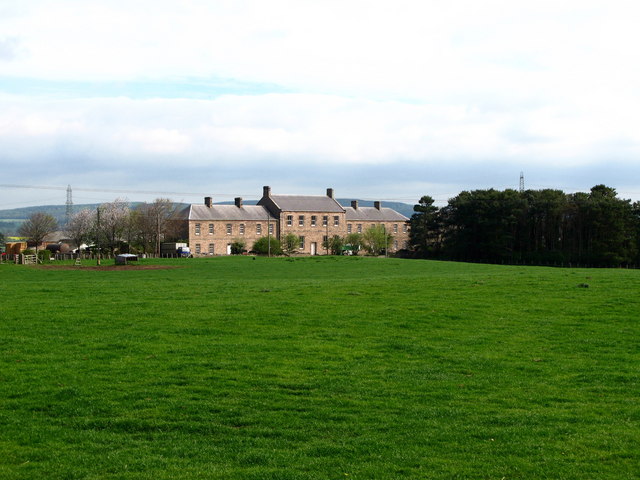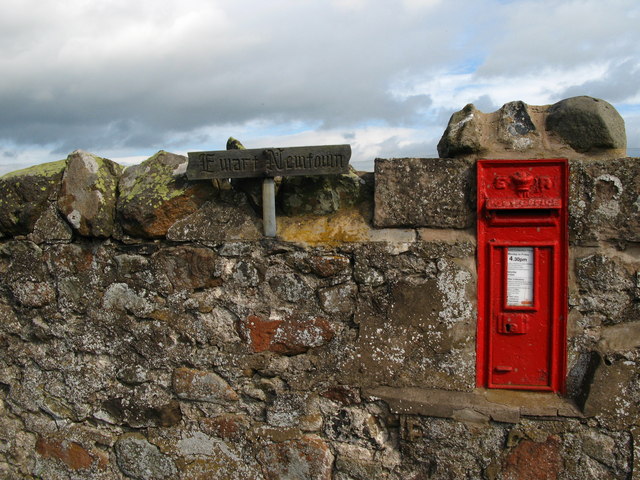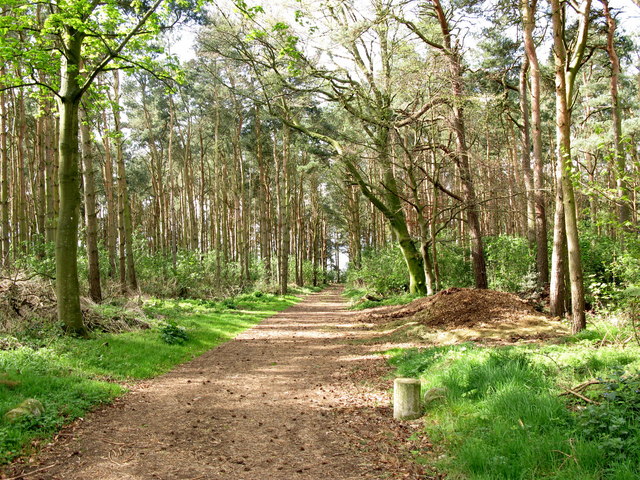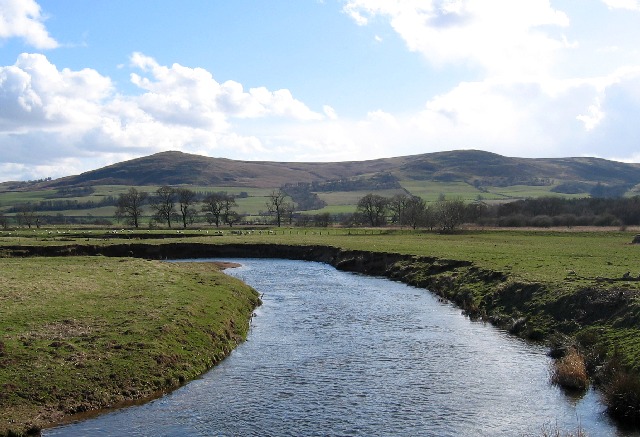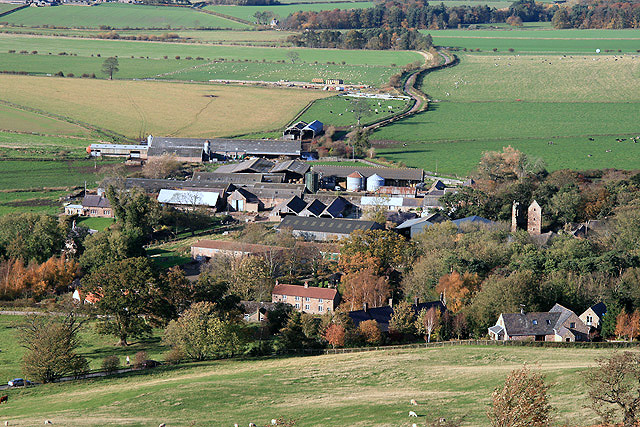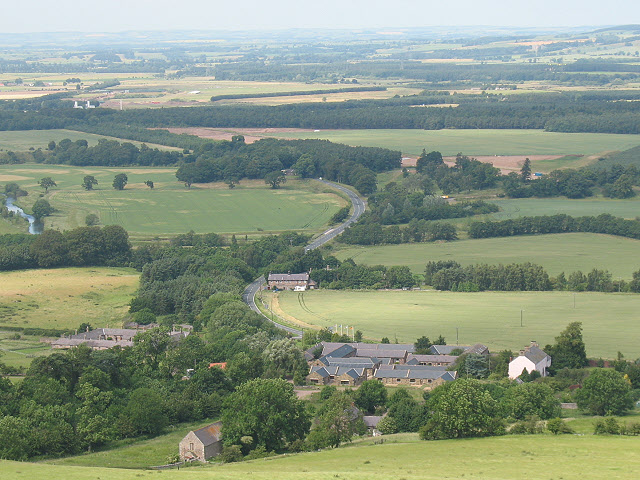Ox Close Plantation
Wood, Forest in Northumberland
England
Ox Close Plantation
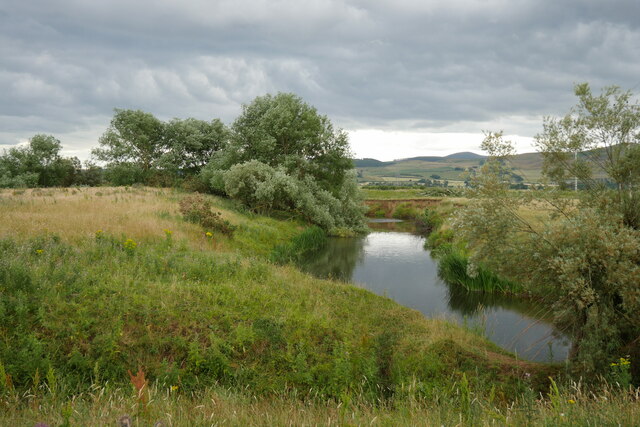
Ox Close Plantation is a sprawling wood located in Northumberland, England. This forested area covers approximately 100 acres of land and is renowned for its natural beauty and diverse range of flora and fauna.
The plantation is predominantly made up of mature trees, including oak, ash, and beech, which provide a dense canopy, creating a tranquil and shaded environment. The woodland floor is covered with a rich carpet of wildflowers, creating a picturesque landscape.
The plantation is a haven for wildlife, with a variety of bird species, including woodpeckers, owls, and thrushes, making it their home. The forest also supports a population of small mammals, such as squirrels and rabbits, as well as larger mammals like deer and foxes.
Visitors to Ox Close Plantation can enjoy a network of well-marked paths that wind their way through the woodland, providing opportunities for leisurely walks and exploration. The plantation is a popular destination for nature enthusiasts, photographers, and families looking to reconnect with nature.
In addition to its natural beauty, Ox Close Plantation also has historical significance. It is believed that the woodland has been managed and used for timber production for centuries, and remnants of old structures, such as saw pits and charcoal hearths, can still be found within the plantation.
Overall, Ox Close Plantation in Northumberland offers a unique and captivating natural experience, with its ancient trees, diverse wildlife, and rich history, making it a must-visit destination for those seeking a peaceful retreat in the heart of nature.
If you have any feedback on the listing, please let us know in the comments section below.
Ox Close Plantation Images
Images are sourced within 2km of 55.582441/-2.0459912 or Grid Reference NT9732. Thanks to Geograph Open Source API. All images are credited.
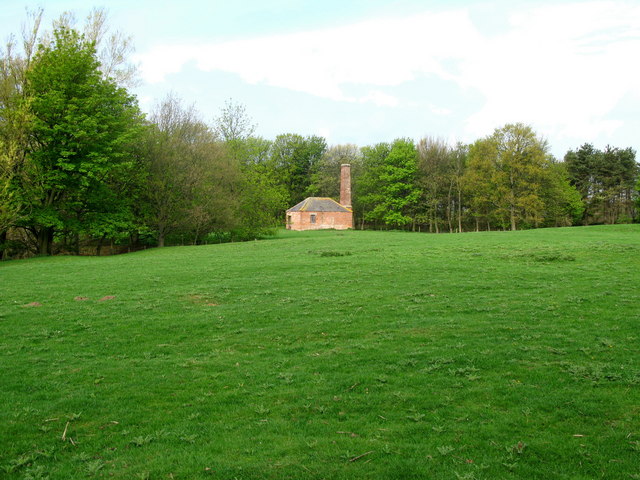
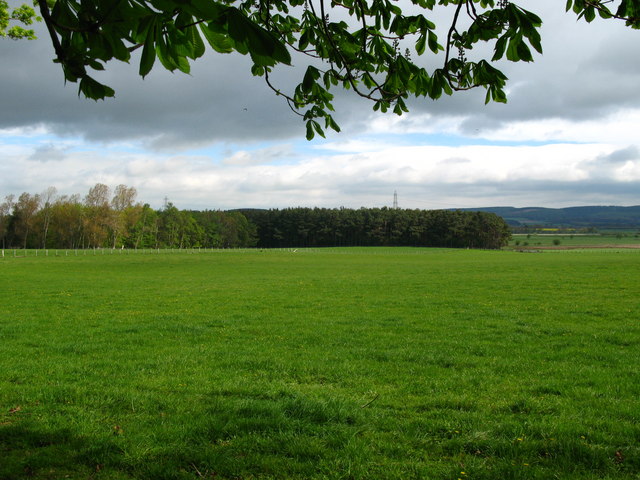
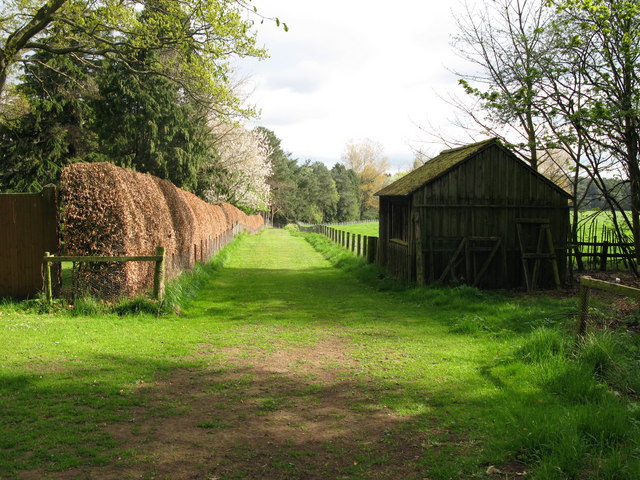
Ox Close Plantation is located at Grid Ref: NT9732 (Lat: 55.582441, Lng: -2.0459912)
Unitary Authority: Northumberland
Police Authority: Northumbria
What 3 Words
///dentistry.chain.crumple. Near Doddington, Northumberland
Nearby Locations
Related Wikis
River Glen, Northumberland
The River Glen is a seven mile long tributary of the River Till flowing through Northumberland, England. The College Burn and Bowmont Water, both flowing...
Nesbit, Northumberland
Nesbit is a hamlet and former civil parish, now in the parish of Doddington, Northumberland, England. It was once the site of a medieval village. In maps...
Doddington, Northumberland
The village and parish of Doddington are on the east side of the Milfield Plain, nearly 3 miles north of the town of Wooler, in the county of Northumberland...
Battle of Homildon Hill
The Battle of Holmedon Hill or Battle of Homildon Hill was a conflict between English and Scottish armies on 14 September 1402 in Northumberland, England...
Akeld railway station
Akeld was a stone built railway station serving the hamlet of Akeld in Northumberland, England. It was on the Alnwick to Cornhill Branch which ran from...
RAF Milfield
Royal Air Force Milfield or more simply RAF Milfield is a former Royal Air Force station which operated during the Second World War, located near Milfield...
Akeld
Akeld is a village and civil parish in Northumberland, England. It is situated around 2.7 miles (4.3 km) to the west of Wooler and 9.3 miles (15.0 km)...
Maelmin Henge
Maelmin Henge is modern interpretation/reconstruction of a henge monument near the village of Milfield, Northumberland in the Till Valley.It was built...
Nearby Amenities
Located within 500m of 55.582441,-2.0459912Have you been to Ox Close Plantation?
Leave your review of Ox Close Plantation below (or comments, questions and feedback).
